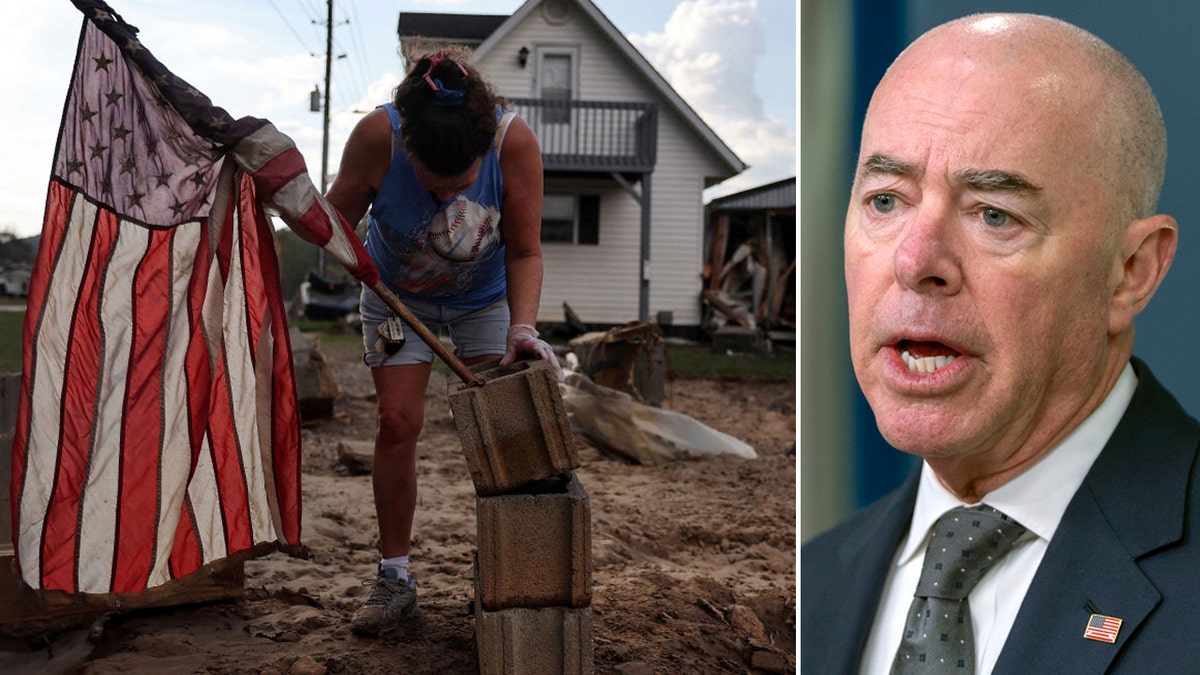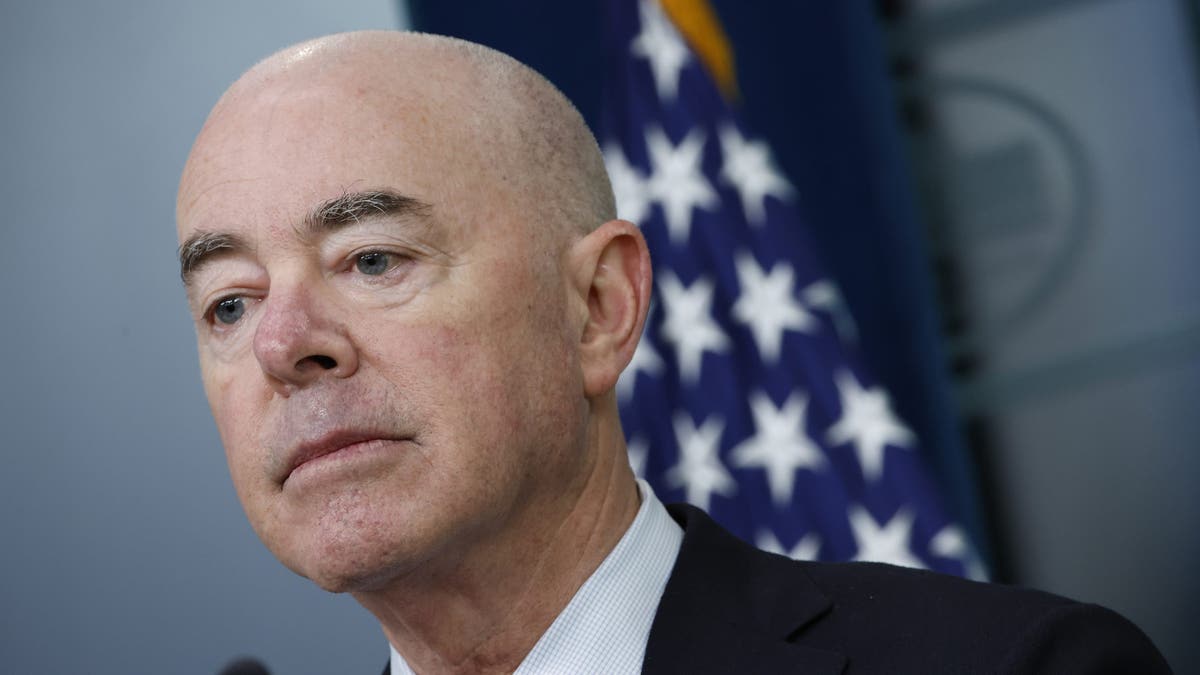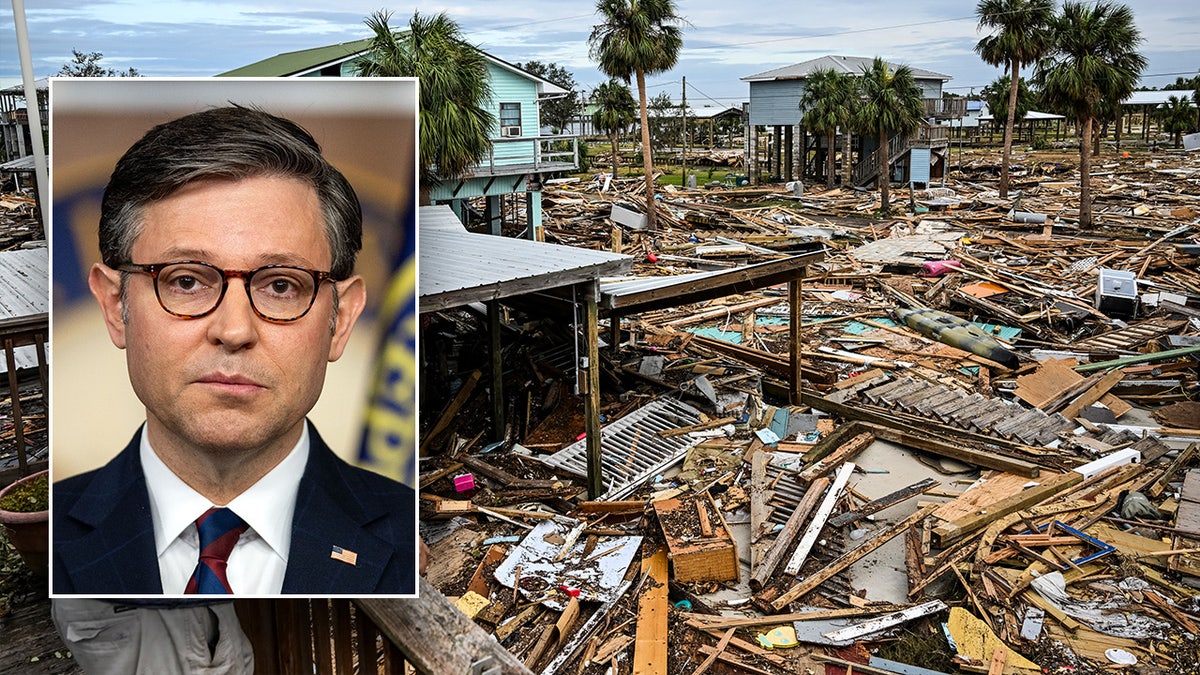The Federal Emergency Management Agency (FEMA) has less than 10% of front-line staff available for deployment amid preparations for the second major hurricane to hit the Southeast this month, according to the agency’s daily operations briefing.
FEMA released a daily briefing on Wednesday revealing the agency had only 8%, or 1,115, FEMA staff members currently available as preparations continue for Hurricane Milton, which is expected to hit Florida in the coming days. This number represents a significant drop in availability from a year prior, after an operations briefing from late September 2023 showed the agency had 20% of the same staff available for deployment.
A FEMA spokesperson indicated to Fox News Digital that the availability numbers released by the agency are only in reference to the cadre of staffers who are part of FEMA’s incident management core capacity. They are the first line of FEMA staffers to deploy in any disaster.
Meanwhile, the FEMA spokesperson pointed out the agency has a total workforce of 22,000 staffers it can tap, as well as resources from other agencies such as the Department of Homeland Security.
The fear of front-line FEMA staffing comes amid other concerns about FEMA’s response to Hurricanes Helene and Milton, including claims that the agency spent its money on housing for migrants and is blocking private relief distributors from entering areas in North Carolina impacted by Helene.
In May 2023, the Government Accountability Office (GAO) published a report indicating that, as of the start of Fiscal Year 2022, FEMA was understaffed by 35% with an overall staffing gap of approximately 6,200 employees. FEMA officials attributed the shortage to “responsibilities due to COVID-19 and managing the rising disaster activity during the year, which increased burnout and employee attrition,” according to the GAO.

This split shows DHS Secretary Alejandro Mayorkas and a North Carolina resident after a storm. (AP Photo/Mark Schiefelbein and Mario Tama/Getty Images)
With Hurricane Helene making a destructive and deadly sweep across the south, FEMA has been under high pressure to deliver aid to those in need. In the latest update on FEMA worker numbers, the agency indicated more than 5,600 personnel from across the federal workforce have been deployed, including more than 1,500 from FEMA. Additionally, the agency noted it has shipped more than 11.5 million meals, more than 12.6 million liters of water, 150 generators and more than 400,000 tarps to the region, while also helping thousands of Helene survivors with more than $45 million in “flexible, upfront” funding.
Despite the current staffing shortage, Homeland Security Secretary Alejandro Mayorks insisted during an interview with MSNBC that Americans “should rest confident that FEMA has the resources” necessary to recover from Helene and prepare for Milton.
“We have search and rescue teams. The Army Corps of Engineers are there. We are ready,” Mayorkas said of Florida, in reference to the federal government’s preparation for Milton. “FEMA likes to say it is, ‘FEMA-flexible.’ We can respond to multiple events at a single time.”

Homeland Security Secretary Alejandro Mayorkas speaks at the daily press briefing at the White House.
However, despite the optimistic response to concerns about FEMA resources, Mayorkas did say last week during a formal press conference that “FEMA does not have the funds to make it through the [hurricane] season.”
Questions about FEMA funding have been exacerbated by suggestions that the agency was giving disaster relief money to migrants. FEMA has sent aid to migrants, but the money was part of the Shelter and Services Program, which remains separate from disaster relief funds. House Speaker Mike Johnson, R–La., acknowledged that the funds were part of a separate program unrelated to disaster relief, but noted that he didn’t think the agency should be involved in the migrant crisis.
“The streams of funding are different, that is not an untrue statement, of course,” Johnson told Fox News’ Shannon Bream. “But the problem is with the American people, see, and what they’re frustrated by, is that FEMA should be involved.”
Concerns that private relief distributors are being blocked from entering parts of North Carolina that were impacted have also circulated. “Some of the reports that I’ve received through some of my contacts who are trying to provide assistance… they’re being told that they need special requirements from FEMA in order to enter these certain areas,” said Joe Rieck, vice president of My Patriot Supply, an emergency preparedness company.
Before Helene made landfall, Congress passed a stopgap spending bill that included money for FEMA’s Disaster Relief Fund, but excluded billions in additionally requested supplemental disaster funding. On Friday, President Biden wrote a letter to Congress urging them to provide additional funding because “while FEMA’s Disaster Relief Fund has the resources it requires right now to meet immediate needs, the fund does face a shortfall at the end of the year,” he said.

Speaker Mike Johnson spoke with Fox News Digital after he toured areas in Florida and Georgia hit by Hurricane Helene. (Getty Images)
“Without additional funding, FEMA would be required to forego longer-term recovery activities in favor of meeting urgent needs,” Biden added. “The Congress should provide FEMA additional resources to avoid forcing that kind of unnecessary trade-off and to give the communities we serve the certainty of knowing that help will be ongoing, both for the short- and long-term.”
CLICK HERE TO GET THE FOX NEWS APP
When pressed about reconvening the House for a special session to approve additional funding, Johnson suggested FEMA has the funds it needs right now and, in order to approve additional funding, Congress needs requests from individual states to tabulate how much to provide.
“The way the process works is the states, local authorities, they band together, they assess the damages, they send that to the federal authorities and it’s all worked through in that manner,” Johnson responded when pressed about whether he had plans to reconvene Congress for the matter. “It will take some time to tabulate this storm – it’s one of the biggest in our history – so a lot of that work is being done immediately. I think the timing of that will probably correspond when Congress is expected to return to session right after the election.”
